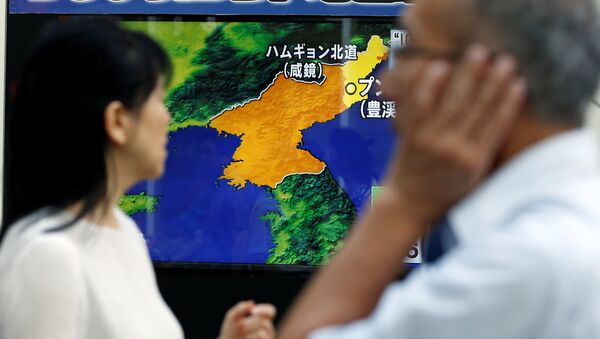According to the scientists at the University of Science and Technology of China, the first of those seismic events was detected eight-and-a-half minutes after the bomb went off and was “an onsite collapse toward the nuclear test center.”
“In view of the research findings that the North Korean nuclear test site at Mantapsan has collapsed, it is necessary to continue to monitor any leakage of radioactive materials that may have been caused by the collapse,” the authors of the University of Science and Technology China paper wrote.
Meanwhile, Chinese authorities have stated that they found no radiation risk from the samples collected along the border, Associated Press reported.
READ MORE: 'Step Forward': World Reacts to North Korea's Freeze on Nuclear Testing
On September 3, 2017, North Korea announced it had successfully conducted a test of a hydrogen bomb, with the yield of the device being estimated at more than 100 kilotons of TNT. On the same day, a Chinese seismological center registered a 6.3 magnitude earthquake in North Korea that was a “suspected explosion,” while South Korea’s weather agency detected an artificial 5.6 magnitude quake in areas in the North’s Hamgyeong Province.
North Korea’s de-nuclearization is expected to be discussed at a groundbreaking summit between Kim Jong-un and US President Donald Trump by June.



